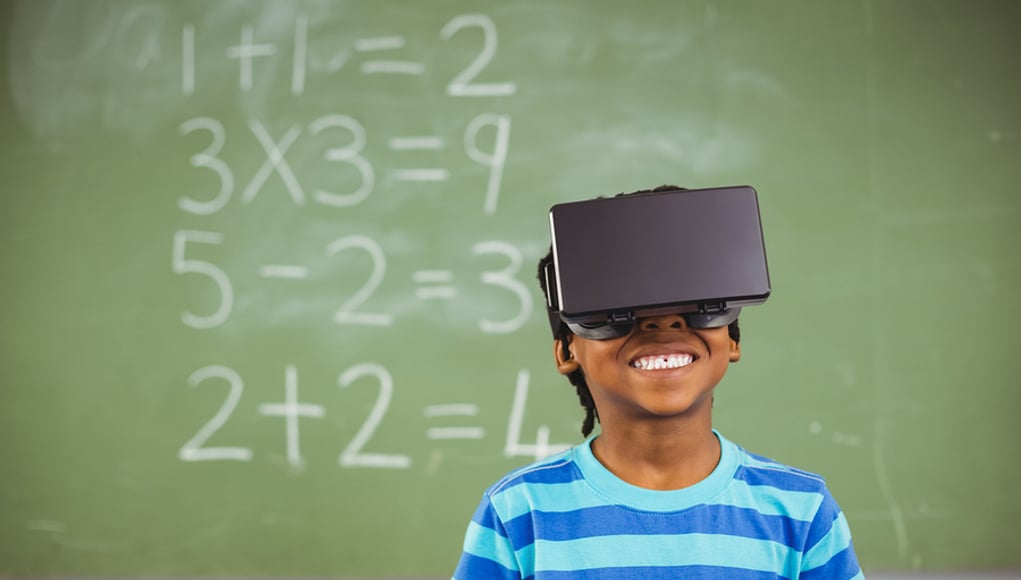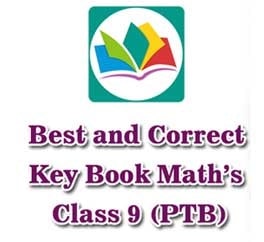In recent years, Virtual Reality (VR) has emerged as a transformative tool in various fields, including education. This technology, which creates immersive digital environments, enhances the learning experience by allowing students to interact with virtual objects and scenarios. As VR becomes more accessible and affordable, its adoption in educational settings is growing rapidly. With its ability to create realistic simulations and interactive learning spaces, VR is redefining traditional education by making learning more engaging, efficient, and experiential.

What is Virtual Reality (VR)?
Virtual Reality is a computer-generated simulation of a three-dimensional environment that users can interact with through specialized equipment, such as VR headsets and controllers. This technology allows users to feel as if they are present within the virtual environment, enhancing their sensory experiences. By bridging the gap between theoretical learning and practical application, VR creates highly engaging and impactful educational experiences.
How VR is Used in Education
Virtual Reality is transforming traditional educational models by offering interactive and immersive learning environments. The following are key applications of VR in education:
1. Virtual Field Trips
-
Explore historical landmarks and cultural sites
-
Visit outer space or underwater environments
-
Engage in time-travel simulations to different historical periods
-
Experience global cultural festivals and events
2. STEM Education
-
Conduct virtual lab experiments safely
-
Visualize complex scientific concepts
-
Explore anatomical structures through 3D models
-
Simulate physics and chemistry reactions with real-time feedback
3. Skills Training and Vocational Education
-
Simulate real-world scenarios for hands-on practice
-
Train in environments that are otherwise unsafe or impractical
-
Improve technical and soft skills through realistic simulations
-
Provide training for fields such as medicine, aviation, and engineering
4. Special Education
-
Offer customized learning experiences for students with special needs
-
Enhance focus and engagement through interactive content
-
Support therapy and rehabilitation programs
-
Create inclusive classrooms for students with disabilities
5. Language Learning
-
Engage in immersive conversations with virtual native speakers
-
Enhance pronunciation and comprehension through interactive lessons
-
Experience cultural settings that aid in contextual language learning
6. Collaborative Learning and Remote Education
-
Conduct virtual group projects and teamwork activities
-
Enable global classroom interactions and cross-cultural learning
-
Facilitate remote learning with immersive virtual classrooms
Benefits of Virtual Reality in Education
Virtual Reality offers numerous advantages in educational settings, enhancing both teaching and learning experiences. Below is a table highlighting the core benefits of VR in education:
| Benefit | Description |
|---|---|
| Enhanced Engagement | VR makes learning more interactive and immersive. |
| Improved Retention | Immersive experiences aid memory and recall. |
| Safe Learning Environment | Conduct dangerous experiments without risk. |
| Accessibility | Remote students can access virtual experiences. |
| Customization | Tailored content meets diverse learning needs. |
| Real-World Application | Bridges the gap between theory and practice. |
| Cost-Effective Training | Reduces the need for physical equipment. |
Challenges and Limitations of VR in Education
While VR holds tremendous potential, there are certain challenges associated with its implementation:
-
High Costs: VR hardware and software can be expensive.
-
Technical Issues: Requires advanced infrastructure and technical support.
-
Health Concerns: Prolonged VR use may cause motion sickness and eye strain.
-
Content Availability: Limited high-quality educational VR content.
-
Teacher Training: Educators need proper training to integrate VR effectively.
-
Data Privacy: Managing student data security in virtual environments.
Future of Virtual Reality in Education
The future of VR in education looks promising as advancements in technology continue to make it more affordable and accessible. Key future trends include:
-
AI Integration: Combining VR with artificial intelligence for personalized learning.
-
Remote Learning: Enhanced virtual classrooms for global education access.
-
Gamification: Incorporating game-based learning to boost engagement.
-
Multi-Sensory Experiences: Integration of touch and motion feedback.
-
Cloud-Based VR Learning: Accessing VR content without expensive hardware.
-
Augmented Reality (AR) and VR Combination: Blending AR and VR for hybrid learning experiences.
Ilmkidunya
Top Contributors
Related Articles
Why Your First Job Doesn’t Define Your Career – Key Factors for Long-Term Success
- Ilmkidunya
- 14/Apr/2025








.gif)


































